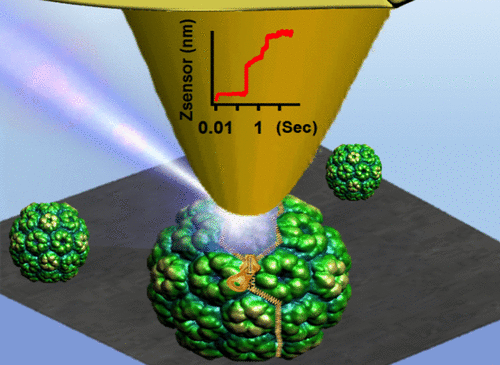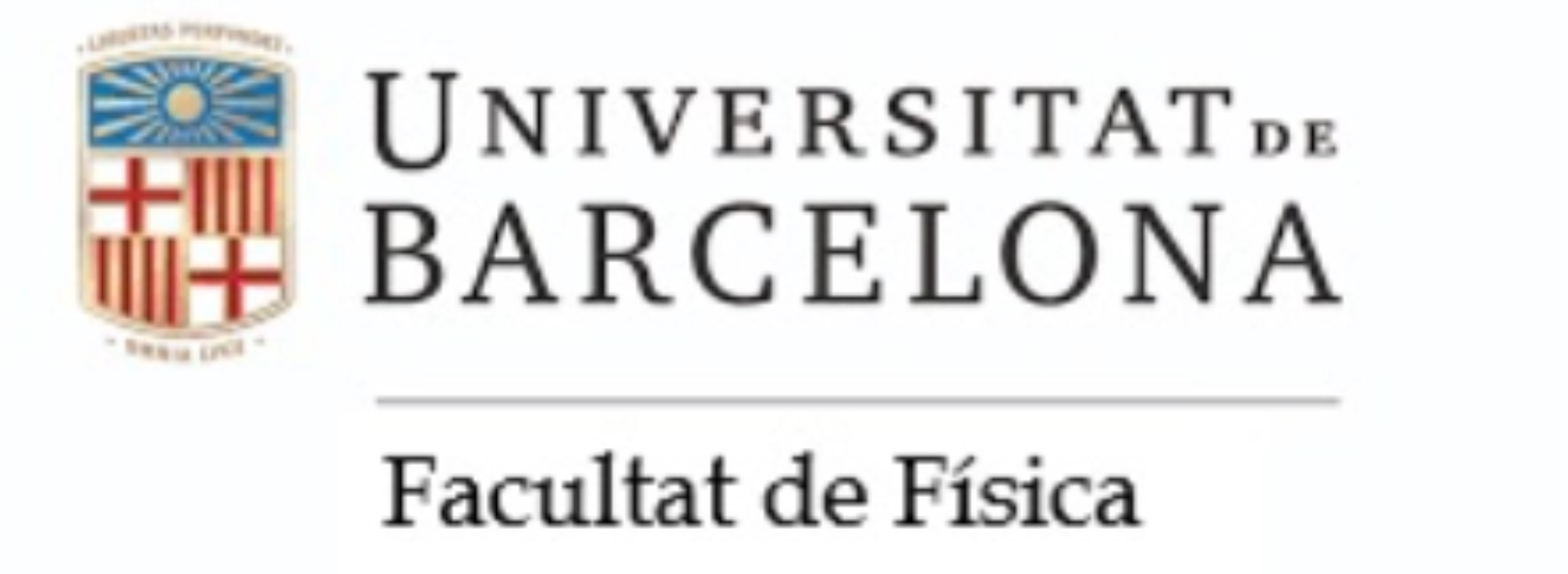
Designing and controlling particle self-assembly into robust and reliable high-performance smart materials often involves crystalline ordering in curved spaces. Examples include carbon allotropes like graphene, synthetic materials such as colloidosomes, or biological systems like lipid membranes, solid domains on vesicles, or viral capsids. Despite the relevance of these structures, the irreversible deformation and failure of curved crystals is still mostly unexplored. Here, we report simulation results of the mechanical deformation of colloidal crystalline shells that illustrate the subtle role played by geometrically necessary topological defects in controlling plastic yielding and failure. We observe plastic deformation attributable to the migration and reorientation of grain boundary scars, a collective process assisted by the intermittent proliferation of disclination pairs or abrupt structural failure induced by crack nucleating at defects. Our results provide general guiding principles to optimize the structural and mechanical stability of curved colloidal crystals.

Viruses undergo mesoscopic morphological changes as they interact with host interfaces and in response to chemical cues. The dynamics of these changes, over the entire temporal range relevant to virus processes, are unclear. Here, we report on creep compliance experiments on a small icosahedral virus under uniaxial constant stress. We find that even at small stresses, well below the yielding point and generally thought to induce a Hookean response, strain continues to develop in time via sparse, randomly distributed, relatively rapid plastic events. The intermittent character of mechanical compliance only appears above a loading threshold, similar to situations encountered in granular flows and the plastic deformation of crystalline solids. The threshold load is much smaller for the empty capsids of the brome mosaic virus than for the wild-type virions. The difference highlights the involvement of RNA in stabilizing the assembly interface. Numerical simulations of spherical crystal deformation suggest intermittency is mediated by lattice defect dynamics and identify the type of compression-induced defect that nucleates the transition to plasticity.
References:
Deformation and failure of curved colloidal crystal shells
C. Negri, A. L. Sellerio, S. Zapperi & M. Carmen Miguel
PNAS 112 (47), 14545-14550 (2015).
Intermittency of Deformation and the Elastic Limit of an Icosahedral Virus under Compression
M. Hernando-Peŕez, C. Zeng, M.C. Miguel & B. Dragnea
ACS Nano 13, 7, 7842–7849 (2019).
In collaboration with
- Carlotta Negri
- Alessandro Sellerio
- Stefano Zapperi
- Mercedes Pérez-Hernando
- Cheng Zeng
- Bogdam Dragnea
